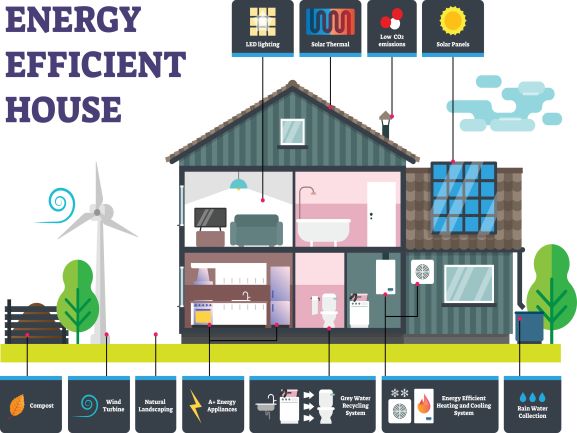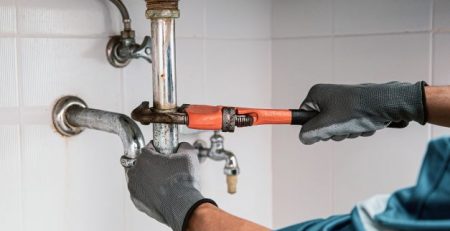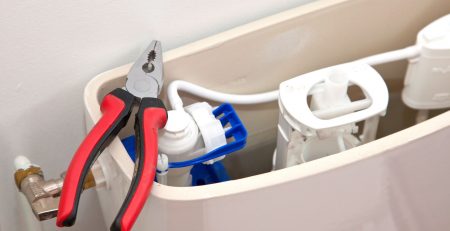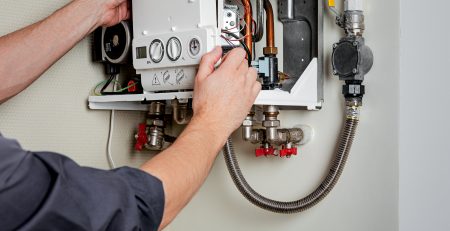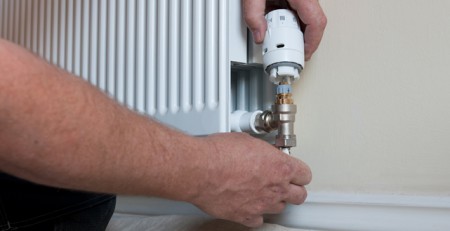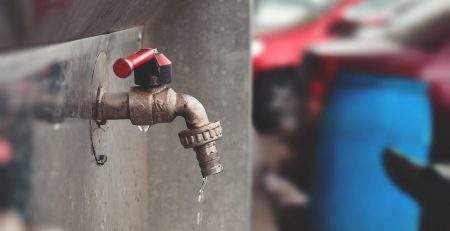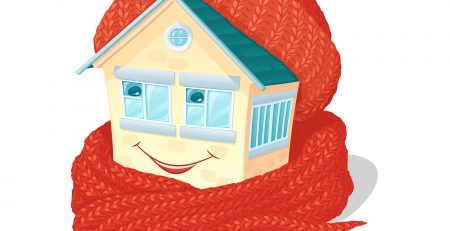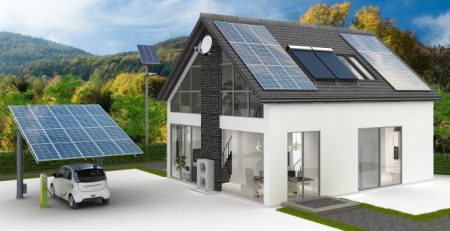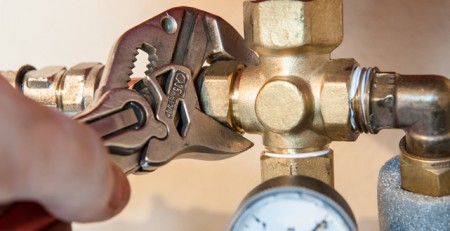Simple Steps for Sustainable Heating
As energy costs continue to soar and concerns about carbon emissions gain further traction, it is not so surprising that people look to become more efficient with their energy use.
In fact, the UK government signed the Paris Agreement back in 2016, agreeing to become net-zero on greenhouse gases by the year 2050. This means achieving a state of equilibrium by which greenhouse gases that occur due to human activity are removed from the atmosphere.
So, its clear big changes are afoot, so how exactly can you start playing your part and save some money in the process?
Green homes grant scheme
Considering these new pressures, the UK government are looking to encourage people to adopt new greener heating methods over the next decade.
However, with so many UK homes still so poorly insulated and lacking the thermal efficiency required for greener methods to provide adequate heating and comfort the government have recently announced the Green Homes Grant scheme.
This new grant scheme aims to provide vouchers for any home improvement that advances energy efficiency, which includes the likes of new double glazing, cavity wall insulation and roofing insulation and draught-proofing to name a few.
What can you do by yourself?
Believe it or not but there are several inexpensive measures you can easily take yourself to improve your homes energy efficiency. This includes the likes of draught-proofing, installing, and improving insulation where possible and the use of a thermostat.
Taking these simple yet impactful steps may not seem as impressive as purchasing a new piece of green tech, but in combination can save you a considerable amount of energy and money in the long term.
So, here are some of the simple steps you can take to improve your homes energy efficiency:
Draught proofing
Draught proofing is great because it is easy and cheap to execute and extremely effective at saving energy. Draughts are defined as currents of cold air, typically located around windows, doors, pipework, and floorboards.
For the most part, taking care of draughts is a DIY activity, but if you want you can easily contract a professional to do it on your behalf. The great news is that most of what you will need can be found at your local hardware store e.g. draught excluders and draught-proofing strips that you can place around your windows and under your doors.
Small gaps around pipes can also easily be taken care of using silicone, which can be purchased in an easy to use application tube. Larger gaps, on the other hand, can be taken care of using expanding foam, which dries hard, preventing any cold air getting through.
Insulation
Once you have taken care of the draughts, which is perhaps the easiest quick fix for improving your homes thermal efficiency, you can now take care of your home’s insulation.
Outstandingly, a quarter of heat can be lost via the roof in properties that have no insulation. With that in mind, it is probably a good place to start your insulation project. Fibreglass rolls are the typical insulation material used in attics and can be picked up at most local DIY outlets at a relatively low price.
Your heating pipes are another major target for insulation. You can pick up pre-slit foam pipe covers very easily, and they are very easy to put in place. Hot water pipes without insulation can rapidly lose heat, meaning your system e.g. your boiler will have to work harder to maintain the heat. Therefore, a little bit of insulation around your pipes can reduce heat loss, helping you save energy and money.
Employ a thermostat
If you are not utilising thermostatic control with your heating system, then you are seriously missing out on saving a huge amount of energy and reducing your bills as a result. Thermostats allow you to control the times your heating is active and what temperature is maintained in your home.
Modern smart thermostats are even better as they include a whole host of innovative features that genuinely help you save even more. For instance, a common feature called geofencing detects where you are, switching off your heating if it detects you are no longer home, so you don’t have to worry about forgetting to turn your heating off ever again.
Moreover, smart thermostats can learn from you, getting to know the times of day you have it switched on, learning what temperatures you like and adapting based on your home’s insulation and the weather outside, creating a personalised schedule based on your preferences and your properties thermal efficiency.
Ultimately a thermostat helps you better monitor your energy use, limit wastage with a range of innovate features such as a personalised schedule and therefore save money.
Upgrade your heating appliance
Once you have taken care of improving your homes energy efficiency and reduced the rate at which heat is lost from your home, it is time to consider the efficiency of your heating appliance.
For example, new combi boilers are much more efficient than they used to be, this is a measure of how much of the heat they produce is not wasted. This means that they use less energy in comparison and so help you to reduce your energy consumption and in turn save money on your energy bills.
For instance, if your boiler is over 15 years old and G rated and you replaced it with a modern A-rated boiler, you could save over £300 on your heating bill. If you’re looking to upgrade your old and inefficient boiler anytime soon, make sure you check out the replacement boiler costs before purchasing so you can sort out your finances.
Going Green Conclusion
The reality is that you can save both energy and money by investing in new modern heating appliances and tech, as well as by carrying out a few simple DIY tasks in your home.
Reducing your energy use, you will be reducing your carbon footprint, but the tangible, everyday impact will mean a house that is more efficient at staying warmer for longer, improving your comfort considerably.

